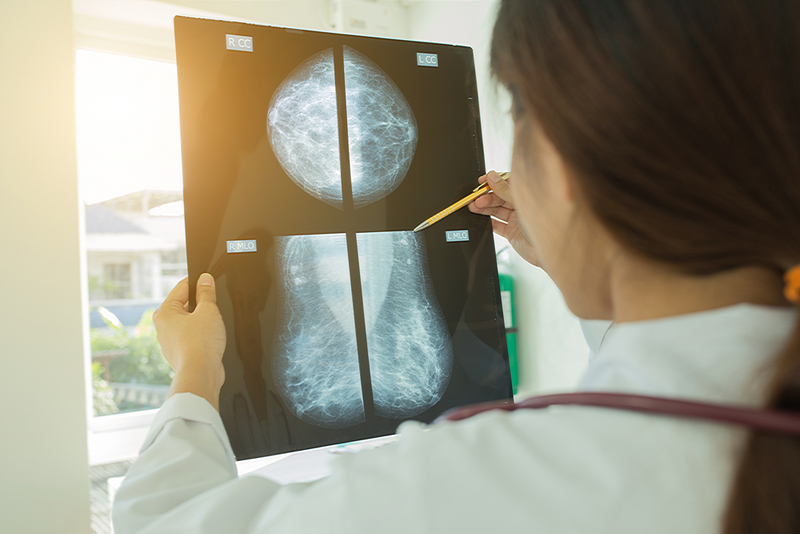Clinicians should avoid these 5 procedures in case of benign breast diseases
PROF Dr.ram@gmail.com,Gastro Intestinal,Liver Hiv,Hepatitis and sex diseases expert 7838059592,943414355 www.blogspot.com/drnakipuria www.bhartiyanews24x7.com www.bhartiyanews24x7.net www.Bharatiyanews24x7.com
Almost 50% of all women are likely to encounter a benign breast problem.However, discovering a lump or abnormality in the breast may cause concerns for both, the patient as well as the physician,since breast cancer is the most common malignancy in women globally.

The American Society of Breast Surgeons has listed five procedures or tests clinicians should avoid in the setting of benign breast disease. The list is part of the American Board of Internal Medicine's Choosing Wisely campaign.
- Biopsy-proven fibroadenomas smaller than 2 cm should not be routinely removed. If a needle biopsy shows that a mass less than 2 centimeters in size is a fibroadenoma, with no other concerning features, it does not have to be surgically removed.
- Breast abscess should not be managed surgically unless an initial attempt to aspirate or drain it percutaneously fails. An abscess is an infection of the breast tissue, forming pockets of pus that can be painful. Many times these can be treated by placing a large needle in the pocket and draining the fluid instead of performing an operation where an incision is made and the fluid removed. The needle removal of the fluid forms less scar and sometimes avoids an operation.
- Fluid-filled, simple breast cysts that are not painful should not be drained routinely. Breast cysts are common. They are harmless fluid filled sacs. If an ultrasound (sonogram) confirms that a breast mass is a simple cyst, it does not need to be drained unless it is bothersome to the patient or if there are concerns it could be something other than a cyst or has complex characteristics.
- Pseudoangiomatous stromal hyperplasia (PASH) of the breast should not be excised routinely in patients without symptoms. PASH is a benign breast condition that can present as either an abnormality on imaging or a palpable mass. Unless the lesion is suspicious or a patient has symptoms, a diagnosis of PASH on needle biopsy does not necessitate surgical removal.
- Asymptomatic women with normal clinical breast exams and a life expectancy under 5 years should not receive screening mammography.
Comments
Post a Comment